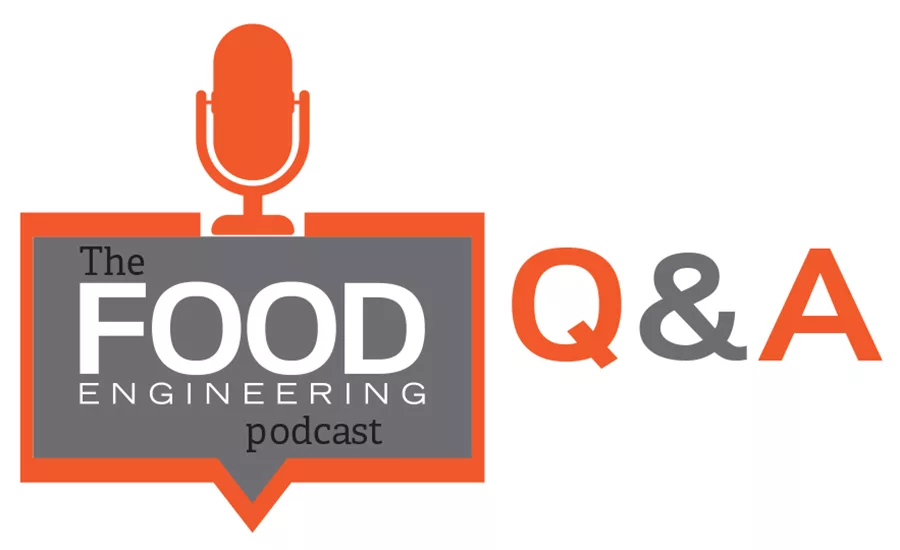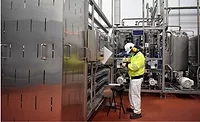Podcast: SunOpta’s Oatbase expansion right-sized for now and future needs

In the March episode of the Food Engineering podcast, editor-in-chief Casey Laughman discusses SunOpta’s expansion and automation project with Bryan Clark, VP, R&D Plant Based Food and Beverages, SunOpta.
This partial transcript has been edited for length and clarity.
Casey Laughman, Food Engineering (CL): What was it that led you to say, "OK, this is something we need to do at this facility to help meet not only our current demand but also our future needs"?

Bryan Clark, SunOpta (BC):The real driver has been the explosive growth of oat-based products, and specifically for us, oat milk. And the facility had an initial system, an initial installation there that was capable of generating a certain amount of product, but the demand and the growth of the business really was pushing the boundaries of what we were capable of doing. And so we set about to expand capacity. And the ultimate choice that we made, rather than reclaiming existing space in the facility or repurposing other space, warehouse, was to construct a new site. And that's exactly what we set out to do.
CL: I know that you were looking to ramp up your output based on demand as we previously discussed. But your existing system, you were looking at some things that you're saying, "OK, we're just not really going to be able to get more out of this system. So we're going to have to expand and improve upon it." But what was that evaluation process like to say, "OK, here's what we can do right now. Here's what we think we need to do in the next couple of years. And here's what we think we need to do 5 or 10 years down the road"?
BC: The initial focus in calendar year 2018 was really trying to optimize things like speed, throughput, yield, and efficiency of the initial installation. So we maximized that. We pulled all those levers where we've more than quadrupled the output from that existing system. But the demand just continued to increase. And so at that point, we began to contemplate what's the best decision, what's the best way to add capacity? And as I mentioned earlier, we did consider repurposing other process space in the facility. That came with some downside benefits; we'd have to exit other businesses, businesses that we didn't want to exit. We also considered repurposing some of the existing warehouse space. And that would have presented some pretty significant disruptions to the plant's daily operation service to customers, and that was nothing that we wanted to entertain either. So ultimately settled on this brownfield or the new envelope, new footprint that we built for this project, and set about trying to understand the footprint we would need, the equipment, and the size and the scale of the equipment as well all taking into account where we saw the demand going in that two to three-year timeframe, and then understanding what we might be able to do in that longer timeframe. I should say I don't believe we've built our last oat system. So it's been a very rewarding project and I think our best days and continued expansion seems quite likely.
CL: You also faced a number of challenges on this project. I’m going to start with this is a facility in Minnesota, and Minnesota winters can be a little bit harsh sometimes. So I imagine that weather created some big challenges when it came to building this new facility and keeping on time and under budget.
BC: It certainly did. And the way that the project timeline laid out, we actually began construction of the new site in the month of December. And so definitely having some ground thawing, having some very heavy snowfalls at the end of December. And then, as the wall slabs, the precast slabs started to arrive on site to be erected and form the walls of the building, working around high winds, working around often some very cold temperatures certainly was a challenge.
Listen to the full interview here, or click here for more Food Engineering podcasts!
Looking for a reprint of this article?
From high-res PDFs to custom plaques, order your copy today!








